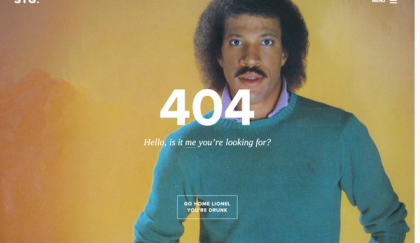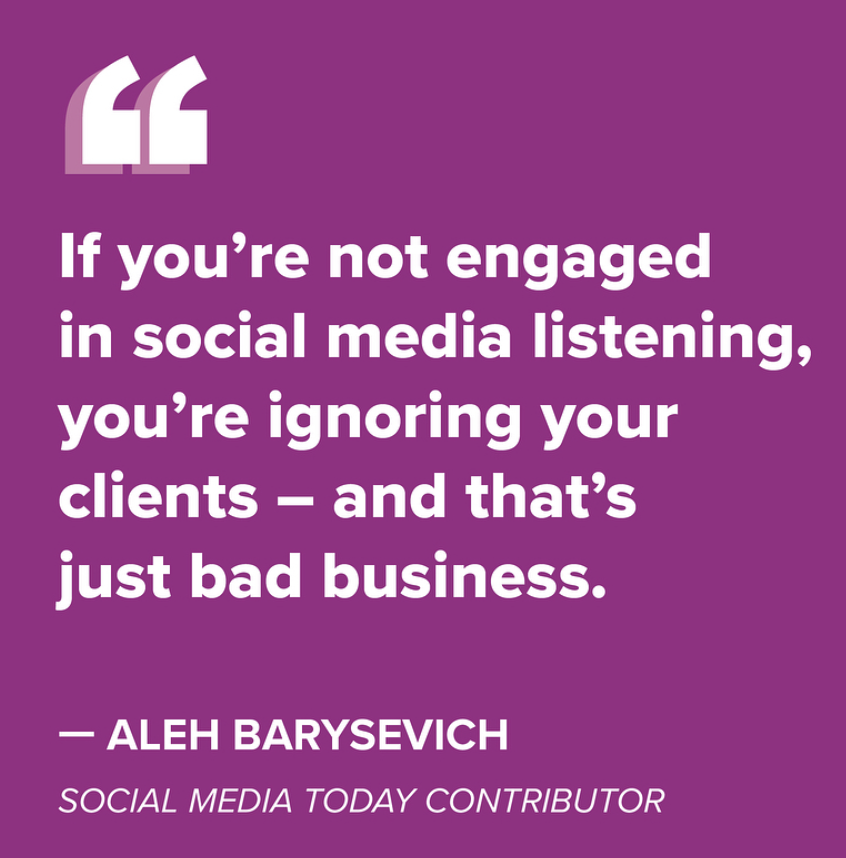LinkedIn, Error Pages, and other Branding Opportunities

We are all brand ambassadors.
Whether you’re an intern or a CEO, everyone you work with helps to inform and shape the branding of your organization. Your brand identity is a living, malleable beast that changes, mutates and (hopefully) evolves over time. There are the classic ways to message your brand, ranging from targeted marketing campaigns to plastering your mission statement on your homepage.
But what about when you check your LinkedIn feed over lunch? Or when a user stumbles upon your site’s 404 error page?
Make no mistake — branding opportunities are everywhere.
Be More Social
Nearly everyone is on Social Media these days (over 3 billion users) — and 90% of marketers agree that Social marketing leads to increased brand exposure and traffic. Frequently posting engaging content is the key to winning the Social Media game — but since there is not yet a magical algorithm that consistently generates perfect content, here are some general takeaway tips when navigating the Social sphere.

Follow for Followers
Best Times to Post (for all platforms):
- Mon. – Fri. — Around 8 am / 11 am / 4 pm
- Sat. – Sun. — Anytime in the afternoon
Frequency of Posting (for all platforms):
- There’s no perfect number but post too little and you’ll be forgotten; post too much and you’ll annoy audiences.
#hashtags:
- LinkedIn/Twitter — Use 3 – 5
- Instagram/Facebook — Up to 20
- @mentions and tags will always boost a post
- Boutique hashtags — ones with hundreds or thousands of followers — can be way more effective than marquee hashtags — those with millions following. Boutique hashtags can maximize a niche demographic, whereas often with a marquee hashtag, you’ll be lost in the shuffle.
- Engage! Success won’t be found in just posting and leaving — it’s called ‘social’ media for a reason — interact with your audiences with likes, comments, reshares, or direct messages.

Clicks for Cliques
Even though all the Social platforms start to resemble each other a little more each day, they each still have a distinct identity — and they can all help raise your brand awareness.
LinkedIn: LinkedIn has become a content marketing and distribution platform, driving more than half of all Social traffic to B2B’s blogs/sites and turning CEO’s into Influencers.
Instagram: Drives the most user engagement out of all the platforms but is best suited for brand visibility, not conversions.
Twitter: Remains users’ favorite platform to access news in real-time — 86% of users claim this is their primary reason for getting on Twitter.
Facebook: Still the godfather of Social, FB’s audiences skew older and it is the most communal of all the platforms, as evidenced by FB Groups.
So, certain content is better suited for certain platforms. News update on your organization? Tweet it. CEO thought-leadership piece? Post it on LinkedIn. Candid video of your team working? Instagram Story.
Andrew, what about YouTube? Snapchat? TikTok? If you have the video content, then completely capitalize on YouTube.
Some content will work on all platforms — if so, feel free to cross-promote. As you post, track engagement, stay consistent and always be willing to experiment.
Read a further breakdown of Social platforms.
Error Message

Our last blog delved into the thorny world of SEO and being successfully found online, but what about when the opposite happens? When something cannot be found on the internet? I’m sure you’re all too familiar:
404 Error
When a page or a link doesn’t work, the user always gets some version of this classic ‘not found’ error message. But any creative knows that every mistake is an opportunity and many organizations capitalize on the inevitable 404 Page as a branding showcase.
When anyone sees a 404 message, they’re inclined to be annoyed or disappointed. So the messaging of your error page should empathize with the user’s plight and brighten the mood, i.e., they’re unhappy, so make them laugh. A 404 page is a chance to feature clever copy, flex your design and UX imagination, and engage your audience with a lighter, more human side of your brand’s voice. Or just tap into everyone’s latent love of Lionel Richie.
Check out some of the best 404 pages around.
The Upside of Failing
The internet is fallible because, ultimately, it’s made by people — and people make a lot of mistakes. Human error in the digital world is pervasive — which means it’s relatable. In marketing, audiences care more about what relates to them than an original idea. The 404 page as a creative exercise taps into a relatable vulnerability: mistake-making.
Read more about the history and psychology of the 404 page.
While the tone of the internet is generally reduced to one giant humble-brag, audiences don’t want to hear about how great you are — let your work speak for itself. On the marketing front, tap into relatable struggles, pain points, and flat-out fails. The real error would be never admitting to your audience that your organization is just as human as they are.
